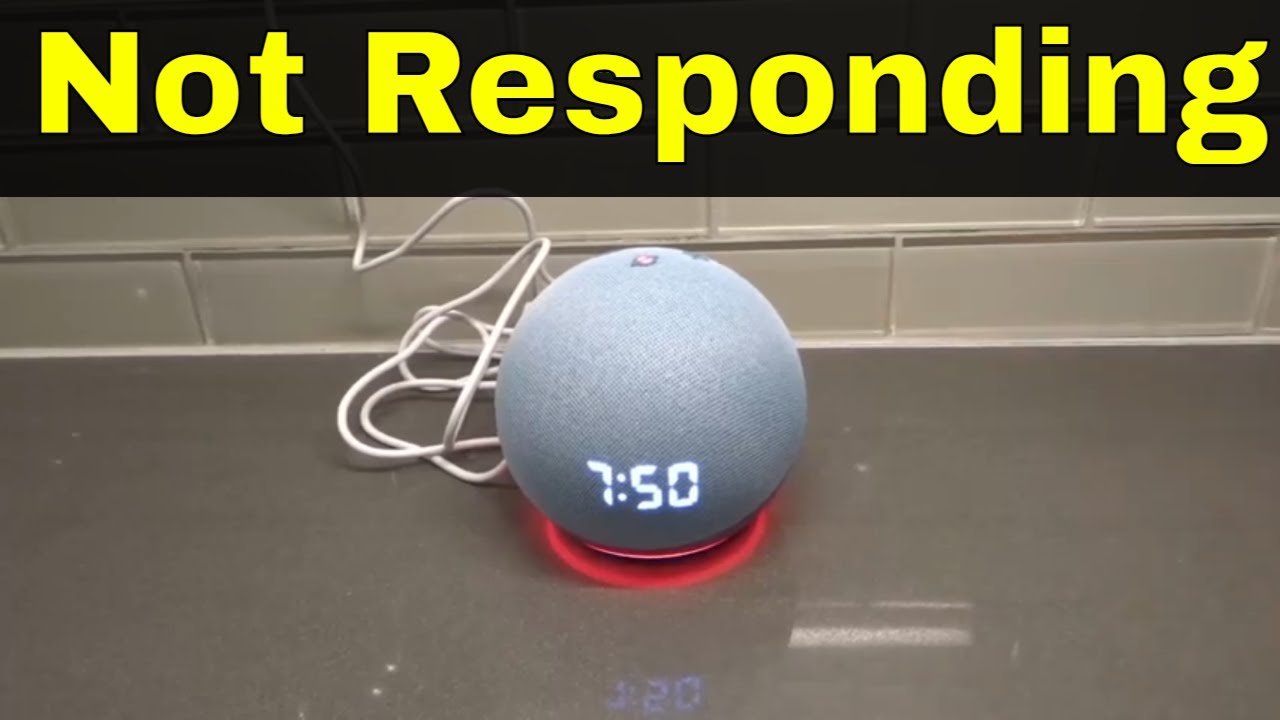If you find yourself in a situation where alexa isn't working, there are several troubleshooting steps you can take to get your device back on track. Below are detailed solutions to common issues that may cause Alexa to become unresponsive.
Check Power and Internet Connection
First, ensure that your Echo device has both power and internet access. Check if the device is plugged in and the power outlet is functioning. Additionally, verify that your Wi-Fi network is active and that other devices can connect to it.
Verify Microphone Status
Check if the Echo's microphone is turned on. Look for a solid red light ring or bar, which indicates that the microphone is muted. Press the microphone button on top of the device to turn it back on.
Improve Voice Recognition
To enhance voice recognition, try moving the Echo closer to where you're speaking. This can help Alexa hear your commands more clearly.
Ensure Wi-Fi Network Compatibility
Make sure that your smartphone and Echo device are connected to the same Wi-Fi network. Also, ensure that the Alexa-enabled device is within Wi-Fi range, ideally within 30 feet.
Restart Your Device
If alexa isn't working, a simple restart may resolve the issue. Unplug the Alexa-enabled device, wait for a few seconds, and then plug it back in. Alternatively, if your device uses batteries, remove and reseat them.
Review Alexa's Voice History
To see what Alexa heard, go to the Alexa app and navigate to More > Settings > Alexa Privacy > Review Voice History. This can help you determine if Alexa understood your commands correctly.
Change Wake Word
Sometimes, changing the wake word can help if alexa isn't working as expected. You can do this in the Alexa app under Device Settings.
Reset to Factory Defaults
If all else fails, consider resetting the Alexa-enabled device to factory defaults. This can resolve persistent issues but will erase all settings and preferences.
Optimize Smart Home Device Setup
For better response accuracy, set up a smart home device group in the Alexa app. This can help Alexa manage multiple devices more effectively.
Designate Preferred Speaker
In Alexa's settings, designate a preferred speaker for music playback. This can improve audio quality and responsiveness when playing music.
Name Your Devices Logically
Ensure that your Echo devices are named logically for easier identification. This can help avoid confusion when giving commands.
Troubleshoot Music Streaming Issues
If Alexa can't stream music, check for Wi-Fi connectivity issues. Ensure that your Echo is within range and away from interference sources.
Reduce Wi-Fi Congestion
To reduce Wi-Fi congestion, turn off any unused Wi-Fi-connected devices. This can help improve the performance of your Echo device.
Restart Modem and Router
Restarting your modem and router can fix connectivity glitches that may be affecting Alexa's performance. Simply unplug them, wait for a minute, and then plug them back in.
Connect to 5 GHz Channel
Connecting your Echo to your router's 5 GHz channel can minimize disruptions and improve performance, especially in crowded Wi-Fi environments.
Check Device Light Indicators
Check the light on your Echo device. An orange light indicates Wi-Fi issues, while other colors can signify different problems. Understanding these indicators can help you troubleshoot effectively.
Verify Wi-Fi Password
Ensure that your Wi-Fi password is correct. If you've recently changed it, update the settings in the Alexa app accordingly.
Ensure Correct Contact Information
For calling features, ensure that your contact information is correct in the Alexa app. This can help resolve any calling issues.
Resolve Calling Issues
If you're experiencing calling issues, check your Echo's internet connection. Restart the Alexa app on your phone to resolve any software glitches.
Update Alexa App
Make sure the Alexa app on your device is updated to the latest version. This can fix bugs and improve functionality.
Confirm Smart Home Device Compatibility
Check that your smart home devices are compatible with Alexa. Incompatible devices may not respond correctly.
Complete Device Setup
If Alexa can't detect a new device, ensure that the device setup is complete online. Restart the Alexa app and Echo device to improve detection.
Reconnect Bluetooth Devices
If you're having trouble with Bluetooth connections, verify that Alexa and the Bluetooth device are connected properly. Unpair and re-pair the devices if necessary.
Troubleshoot Skill-Related Issues
For skill-related issues, ensure the skill is enabled in the Alexa app. You can also disable and re-enable the skill to refresh its functionality.
Identify Common Problems
Common causes of Alexa and Echo problems include power or internet outages, improper device grouping, local Wi-Fi issues, voice-recognition glitches, and misconfiguration of your Amazon account. Identifying these issues can help you troubleshoot effectively.
If you liked it and want to know more content similar to alexa isn't working? How to Fix It When Not Responding. Visit our category Tech











By posting you agree to the Privacy Policy
Basic information on data protection